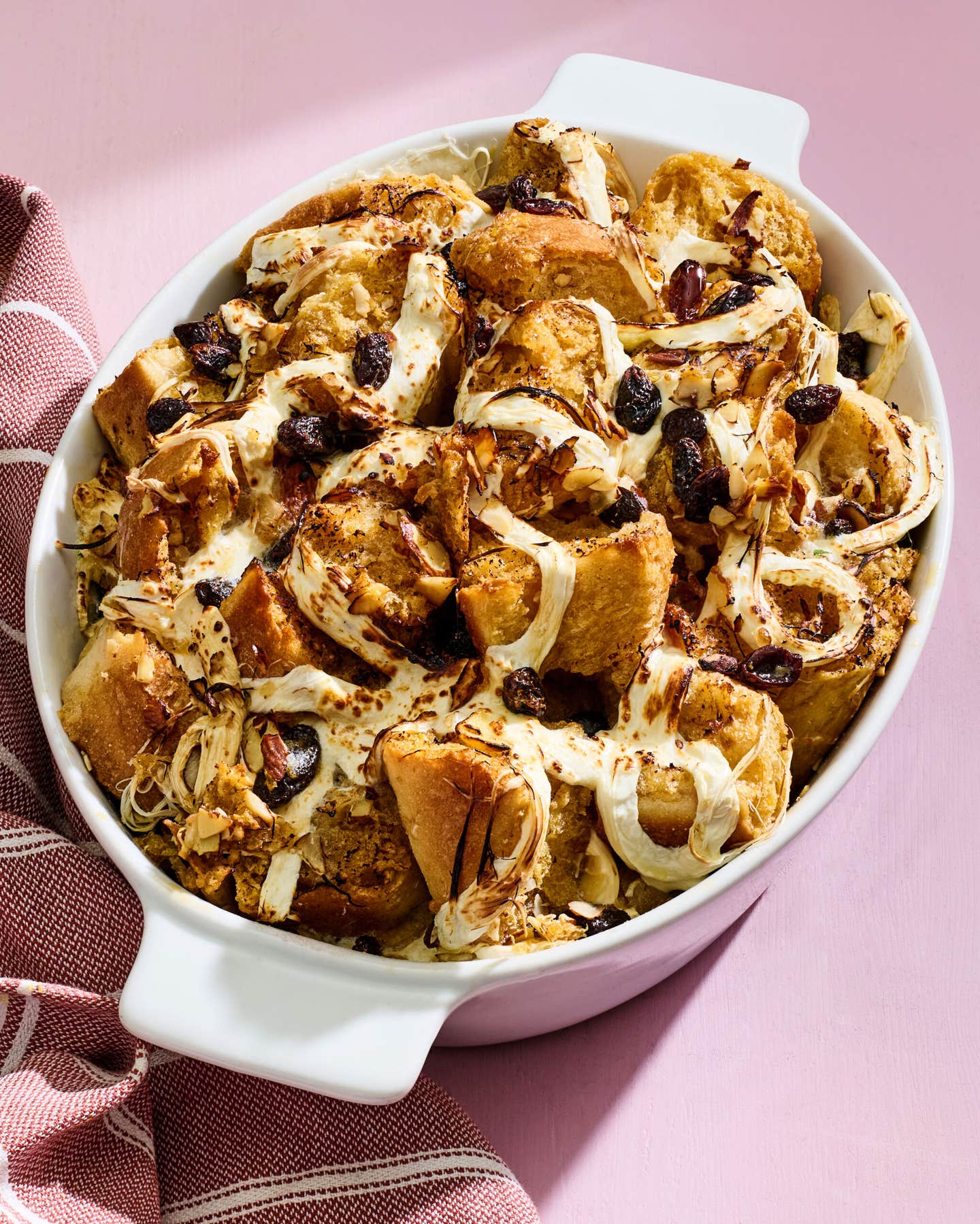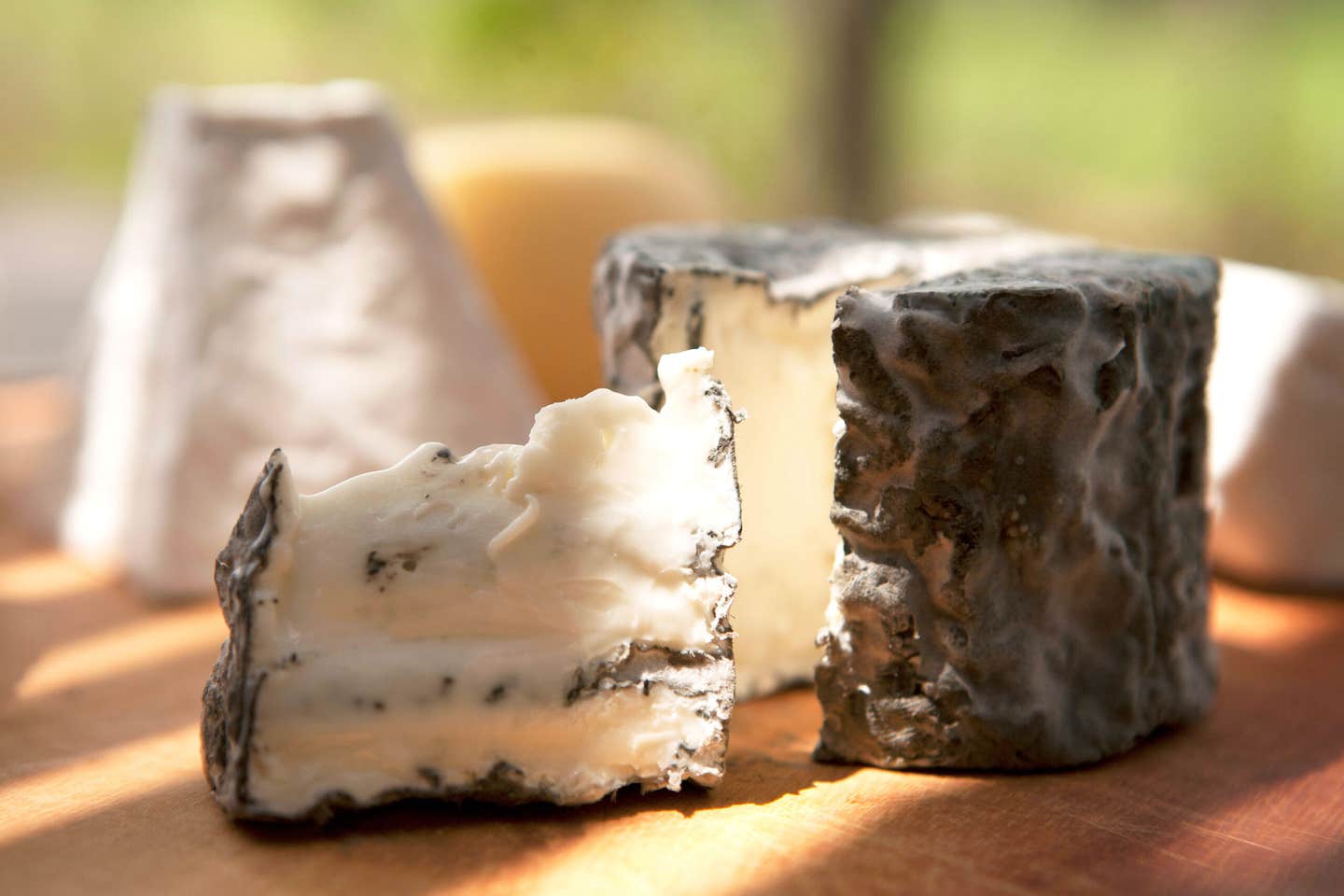
The Next Big Cheese May Not Come From Europe
Brazil’s been sweeping the awards circuit and putting its artisanal makers on the map—but can it find an audience?
Brazil’s cheesy snacks are world famous, from pão de queijo (cheese bread) to grilled coalho skewers, but the South American country has never been known for its cheesemaking prowess. Now, that’s changing. With traditional styles like Canastra and Serro winning medals at international competitions and showing up on the menus of Michelin-starred restaurants like Lasai in Rio de Janeiro and Maní in São Paulo, Brazil is in the midst of a full-blown artisanal cheese revolution.
Though cheesemaking in Brazil stretches back several hundred years, it wasn’t until 2015, when producer Guilherme Ferreira won a silver medal at Le Mondial du Fromage et des Produits Laitiers competition in Tours, France, that the country’s cheese was recognized on an international stage. Since then, Brazil has swept the annual competition, taking home a whopping 57 medals in last year’s ceremony—coming in second only to France.
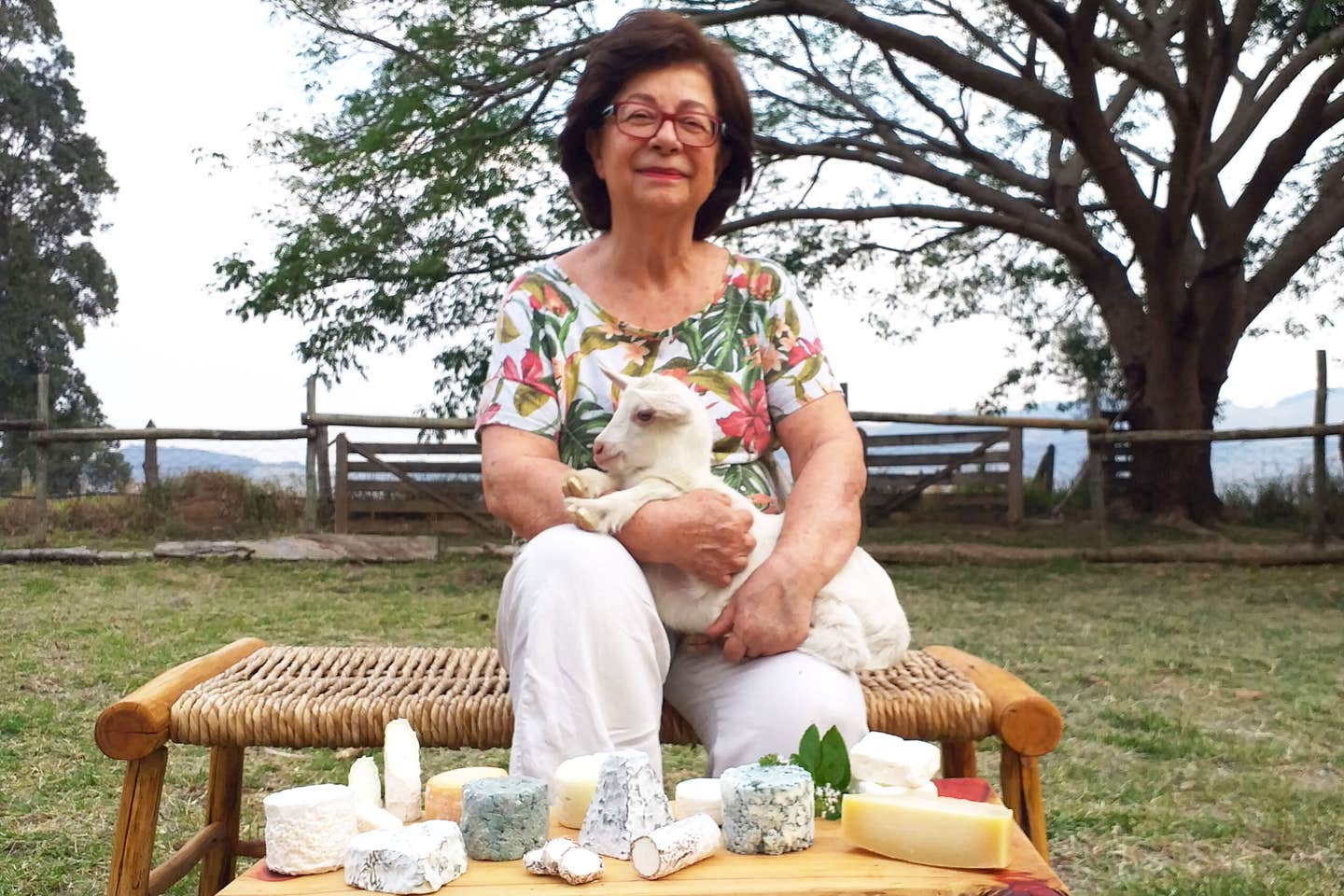
Cheesemaker Heloisa Collins of Capril do Bosque picked up one of last year’s medals. She’s been a passionate producer since 1975, after she and her husband made a home on a farm in Joanópolis, Brazil. For the first two decades, cheesemaking was only a hobby for Collins, whose day job was in applied linguistics research. On business trips to Europe, she developed a love for foreign cheeses like Valençay and Stilton, and picked up recipe books so she could recreate those styles at home. On weekends, friends came over to sample her creations. “The process allowed me to develop a varied portfolio of cheeses over a long time, with a lot of testing and no hurry,” she says. Eventually, Collins purchased a herd of goats. They helped her make her now-famous Azul do Bosque—the first blue goat cheese in Brazil, partly inspired by English Stilton, and the silver medal recipient of last year’s competition.
Today, Collins produces more than 15 cheeses inspired by different places and traditions, but all share a “tropical touch,” as she calls it. Her Cacauzinho is a chevre matured with pure cocoa powder and cumaru (tonka bean) from the state of Pará, while her Serra do Lopo is a semi-cooked goat-and-buffalo cheese that uses Brazilian beer as a wash. “In ten years, [Brazilian cheese will] occupy a place of honor in the world of artisanal cheesemaking,” she says. “We have a lot of varied and healthy bacteria in our milk, as well as molds that haven’t been described yet.”
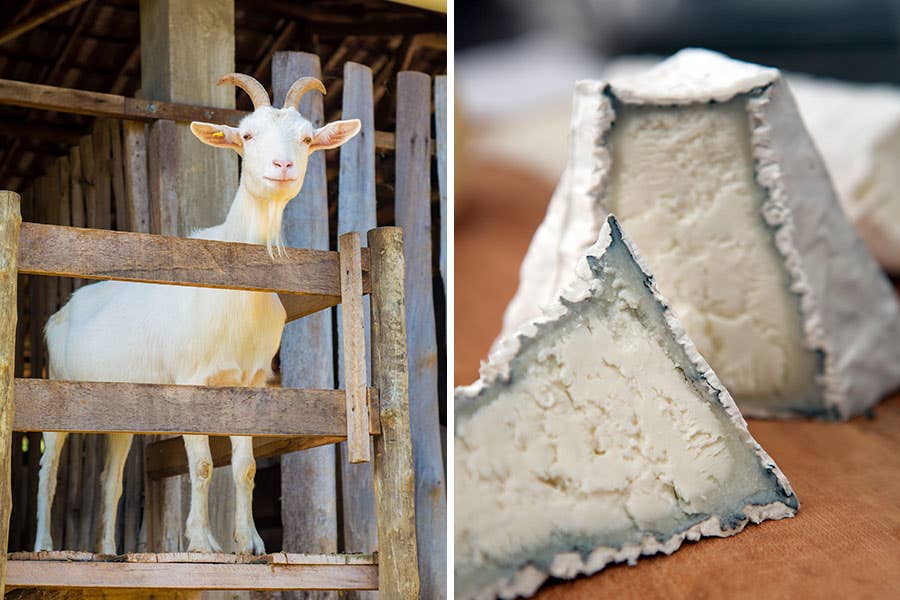
Collins is one of the more than 100 producers who will present their goods at the forthcoming Mundial do Queijo do Brasil, the second edition of the trailblazing international competition, to be held in São Paulo from September 15-18. The weekend event will draw nearly 50,000 cheese-loving attendees and feature two first-of-their-kind contests (Best Brazilian Cheesemaker and Best Brazilian Cheesemonger) judged by a panel from the Guilde Internationale des Fromagers. As part of the festivities, 40 participating restaurants, bars, and cafés in the city will feature the competing cheeses on their menus. “This is an opportunity to show the world what’s happening in Brazil,” says the competition’s founder, Debora de Carvalho.
What makes Brazil’s artisanal cheeses so worthy of celebration? For De Carvalho, it comes down to the country’s unique terroir—the intense sunlight, sweet native grasses, and salty breeze off the South Atlantic. And of course, the cows. De Carvalho explains that Brazil started importing cattle like the Gir and Zebu breeds from India over a century ago. The animals are resistant to hot temperatures and tropical diseases, which means they’re well suited to conditions in Brazil. Their milk is naturally quite salty and high in A2 beta-casein, giving the milk a slightly different protein ratio than that of the A1 milk-producing herds in the U.S. “People who try it for the first time say it’s really interesting and different from what they’re used to,” she adds. “Some people didn’t know how to describe it. Others say it tastes like herbs.”
The distinctive taste and rich cultural traditions surrounding cheese production has led the Brazilian government to grant geographical indication status to several artisanal cheeses. While this practice is quite commonplace in Europe (with controlled products like Champagne and Parmigiano Reggiano), it’s a relatively new practice in Brazil, beginning with the protection of Queijo do Serro in 2011. Since then, a handful of cheeses have received this designation: just last year, Marajó buffalo cheese from the Amazonian island of Marajó, in Pará, was deemed worthy of protection.
As important as these designations are, cheesemakers in Brazil are generally frustrated by the government's lack of support when it comes to distribution and sale. Most traditional artisan cheeses in Brazil, especially those from the regions of Minas Gerais and Bahia, are made from raw milk. Like the U.S., Brazil prohibits the commercialization of cheese made from raw milk unless it’s been ripened for more than 60 days—a means to mitigate contamination and reduce human illness. But hardly any of these artisanal cheeses, which have been produced by rural families for hundreds of years, meet this criterion. The minimum ripening period for Canastra, for example, is just 22 days, resulting in a semi-hard or slightly soft compact cheese. Serro is normally ripened for 3 to 15 days. This means very few cheesemakers in Brazil can sell outside their manufacturing state, and exporting the products is currently illegal. Producers who participate in international competitions like the Mondial du Fromage must effectively smuggle the products in their suitcase. “The police confiscate cheese every week in Brazil,” says De Carvalho, who herself dabbled in cheesemaking until the day the authorities showed up and seized her products.
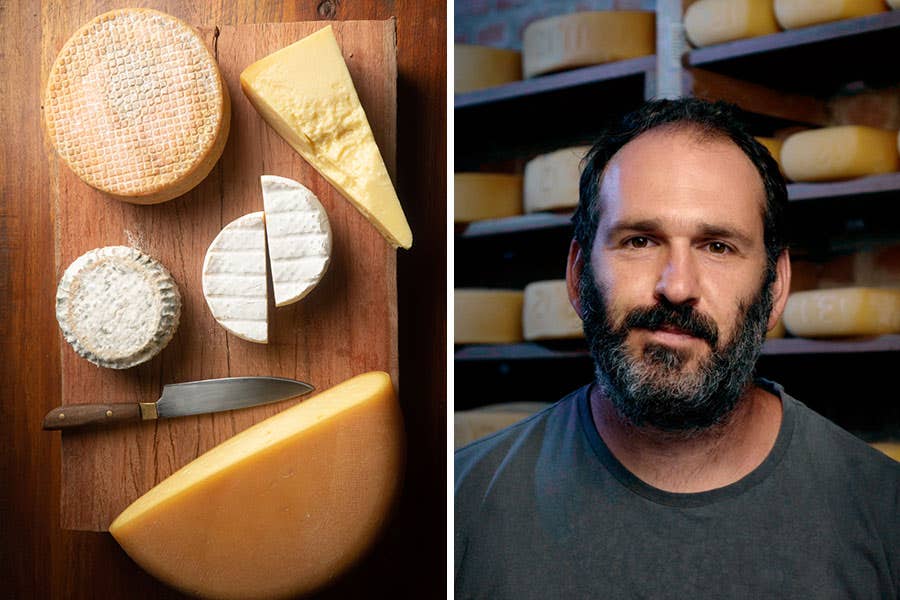
While De Carvalho estimates there are some 900 rules governing the sale and distribution of cheese in Brazil, she is still optimistic about the future. “There is a lot of progress, mostly because most consumers prefer these cheeses.”
Cheesemaker Érico Kokya of the Pé do Morro, a farm and winery 50 miles northwest of São Paulo, is similarly hopeful. “We are discovering, or rediscovering, these cheeses in Brazil,” he says. “People are gaining interest in local products and starting to value things that are made here, so legislation will also start changing.” While he’s technically only allowed to sell his products within his local area, the limitation hasn’t stopped dozens of people from showing up to his property every weekend to pick up picnic baskets full of charcuterie, local jams, and Brazilian takes on European-inspired cheeses. Crowd favorites include the creamy and acidic Quark, which has the consistency of drained yogurt, and the Lua cheese, inspired by a Camembert recipe from Germany and matured on grills to form the white mold coating.
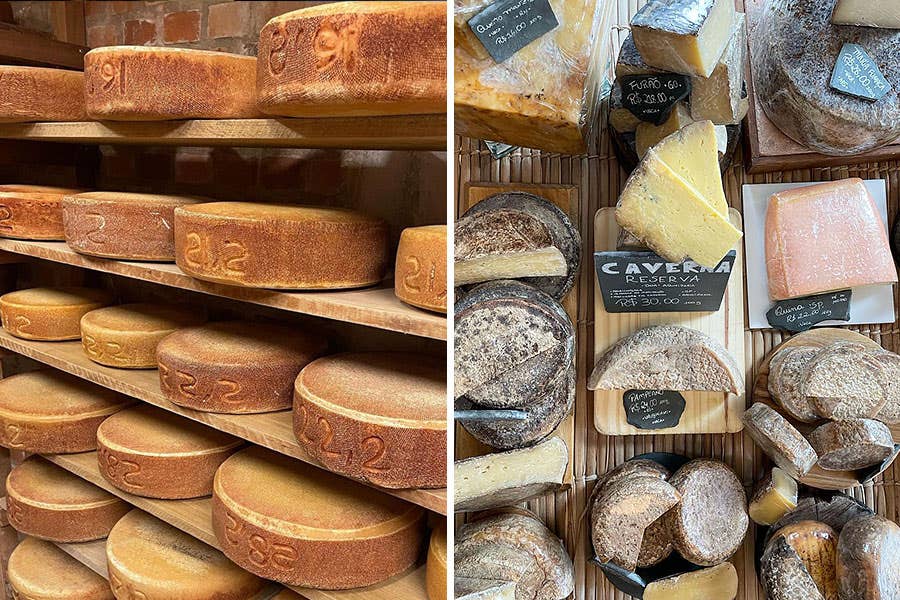
In Brazil’s fine-dining scene today, domestically produced artisanal cheeses are becoming increasingly common. At São Paulo hotspot A Casa do Porco—recognized as one of The World’s 50 Best Restaurants two years and counting—Pé do Morro’s cheeses play a supporting role in succulent pork dishes prepared a dozen ways. Several other Brazilian makers’ products feature on the menu of chef Rodrigo Oliviera’s celebrated Mocotó restaurant in São Paulo, including fried Coalho cheese drizzled with molasses, and oxtail with cheesy corn grits made with Canasta. The tasting menu at Michelin-starred restaurant Lasai in Rio de Janeiro boasts a course of four Brazilian cheeses paired with varieties of local honey. And of course, Brazil’s first artisanal shop, A Queijaria, which opened in 2008 and stocks over 150 artisanal cheeses sourced from all corners of Brazil, still draws enthusiasts to São Paulo’s Vila Madalena.
As for when these cheeses will be available abroad, nobody can say for sure just yet. But one thing’s for certain: the secret on Brazilian cheese is out—and it’s only a matter of time until the wider world demands a taste.
Keep Reading
Continue to Next Story









